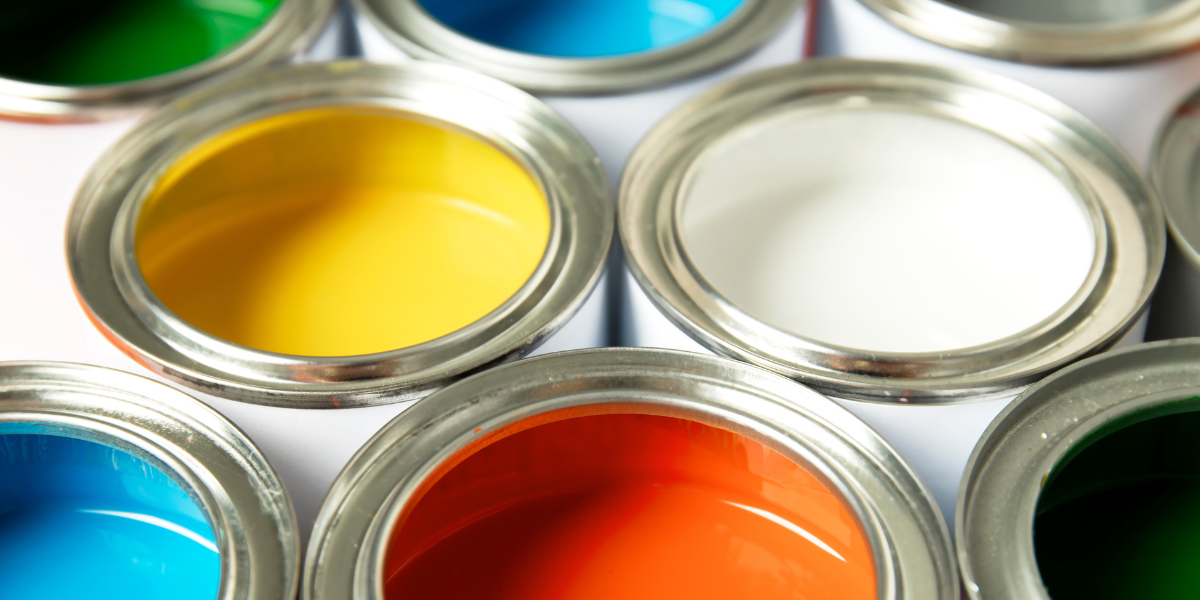We all need a safe and healthy environment to live and work in, but how often do we consider the air we breathe inside these spaces? The quality of indoor air significantly impacts our well-being, and one factor that affects it is the presence of Volatile Organic Compounds (VOCs). Whether you’re aware of it or not, VOCs can be hiding in everyday products and materials, potentially compromising air quality and putting your health at risk. So, how can you stay safe? The first step is to get informed. Join us as we guide you through understanding VOCs, where they are found, the health risks associated with them, and, most importantly, how to keep you and your loved ones protected.
What are Volatile Organic Compounds (VOCs)?
The United States Environmental Protection Agency (EPA) defines VOCs as the following:
“Volatile organic compounds are compounds that have a high vapor pressure and low water solubility. Many VOCs are human-made chemicals that are used and produced in the manufacture of paints, pharmaceuticals, and refrigerants. VOCs typically are industrial solvents… or by-products produced by chlorination in water treatment, such as chloroform. VOCs are often components of petroleum fuels, hydraulic fluids, paint thinners, and dry-cleaning agents. VOCs are common ground-water contaminants.”
To simplify, VOCs are chemicals released from a wide range of products and materials. What’s the common thread with all of these chemicals? They all have a damaging effect on the human body, and it’s entirely possible you could be around a solid or liquid that is emitting these chemicals in the form of a gas. Therein lies the problem. High vapor pressure and low water solubility means VOCs easily vaporize at room temperature, releasing harmful chemicals into the air we breathe.
Health Risks Associated with VOCs
Exposure to VOCs has adverse effects on human health. According to the American Lung Association, exposure may cause eye, nose, and throat irritation, headaches, nausea, and dizziness. Consequences for exposure may even be severe as damage to organs such as the liver, kidney, and central nervous system. Additionally, some VOCs are known carcinogens, meaning they are linked to cancer.

Exposure to Volatile Organic Compounds negatively impacts your health.
Common Sources of VOCs
We have the potential to be exposed to VOCs from various sources throughout our daily lives. In fact, the EPA’s Total Exposure Assessment Methodology (TEAM) studies have found levels of roughly a dozen common organic pollutants to be 2-5 times higher inside homes compared to outside, regardless of whether they were located somewhere rural or highly industrial.
Common sources of VOC emissions in indoor environments include:
- Household cleaning products: Many cleaning agents contain VOCs such as formaldehyde, acetone, and benzene.
- Paints and solvents: Oil-based paints, paint thinners, and varnishes often release high levels of VOCs during application and drying.
- Building materials and furnishings: Plywood, particleboard, carpets, and upholstery may contain adhesives and volatile chemicals that release VOCs over time.
- Personal care products: Perfumes, hair sprays, deodorants, and other beauty products may contain VOCs.
- Appliances and electronics: Certain appliances, such as printers and photocopiers, emit VOCs as byproducts of their operation.
Protecting Yourself from VOCs
To safeguard yourself and your loved ones from the dangers of VOCs, it is essential to take proactive measures. Here are 5 steps you can follow:
1. Ventilate Your Space
Proper ventilation allows fresh air to circulate and helps reduce the concentration of VOCs. Open windows and use exhaust fans in kitchens, bathrooms, and laundry areas.
2. Read Product Labels
Check for VOC content information when purchasing cleaning products, paints, adhesives, and other similar items. Choose products labeled as low-VOC or VOC-free whenever possible.
3. Store Chemicals Properly
Keep household chemicals in well-ventilated areas or outdoor sheds to minimize VOC release into your living space. Remember to keep them off of the ground and away from water as VOCs are known to seep into water.
4. Dispose of Leftover or Unused Products
Safely dispose of any products containing VOCs you no longer require. Remember that some products are considered household hazardous wastes, so you’ll want to check your state’s environmental conservation website to learn how to properly dispose of it. For instance, if you live in New York, you can go to the New York State Department of Environmental Conservation Household Hazardous Waste website to learn more.
5. Seek Professional Help
One of the best things you can do is trust a reputable professional to assess your indoor air quality. At IRIS Environmental Laboratories, we’ll provide comprehensive testing for VOCs and recommend well-informed strategies to take proactive measures, reduce exposure, and ensure that you’re breathing clean, safe air.
Remember, your safety and well-being are paramount. Take control of your environment and reach out to IRIS Environmental Laboratories today. Schedule your assessment and protect your home and loved ones from the dangers of VOCs.


